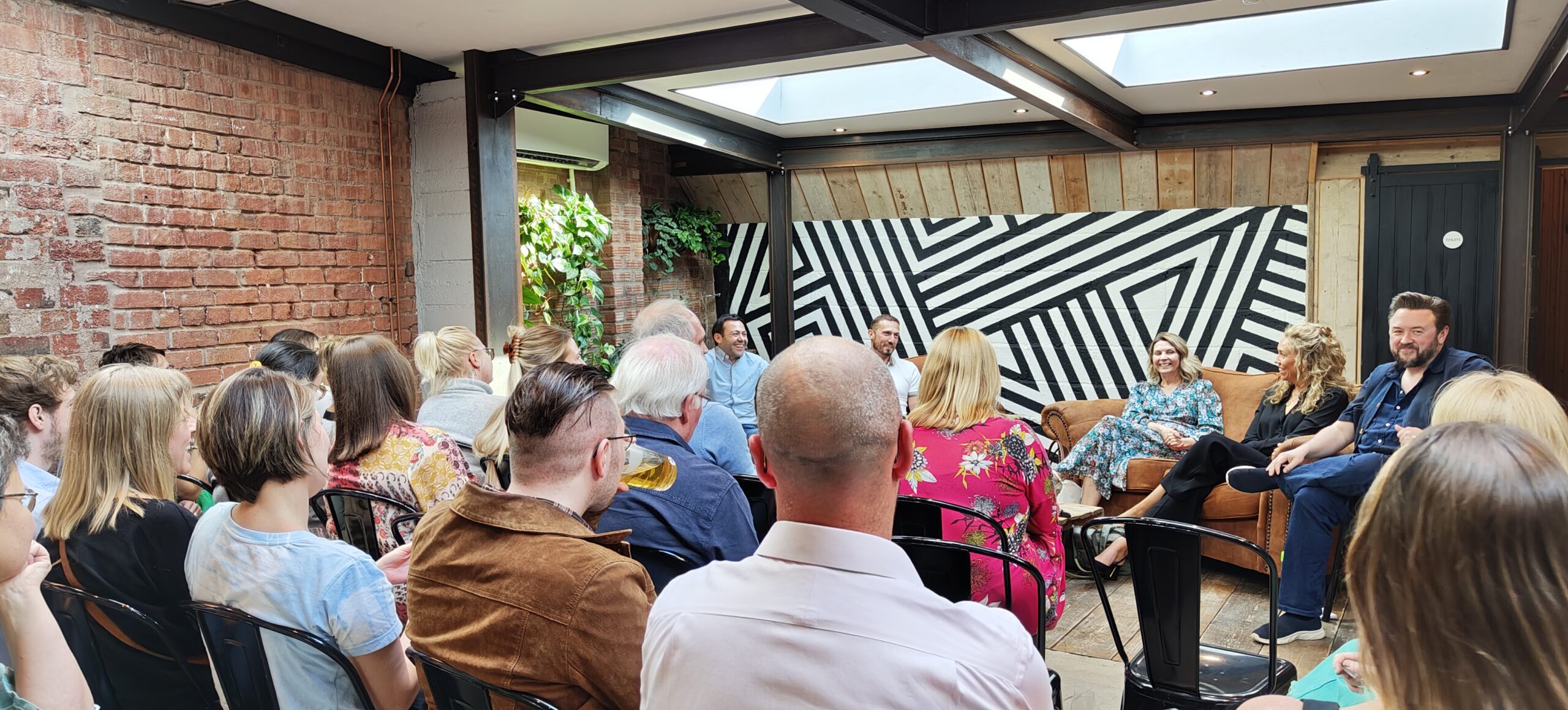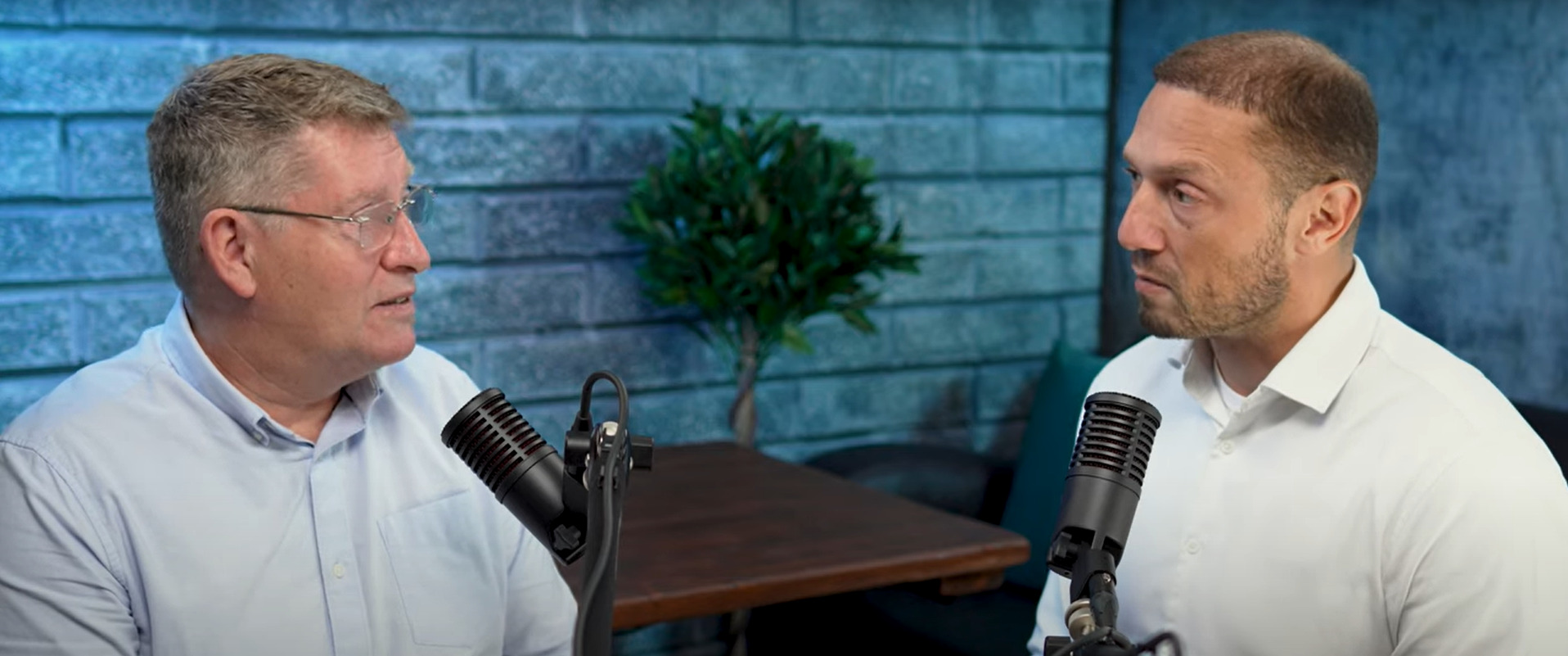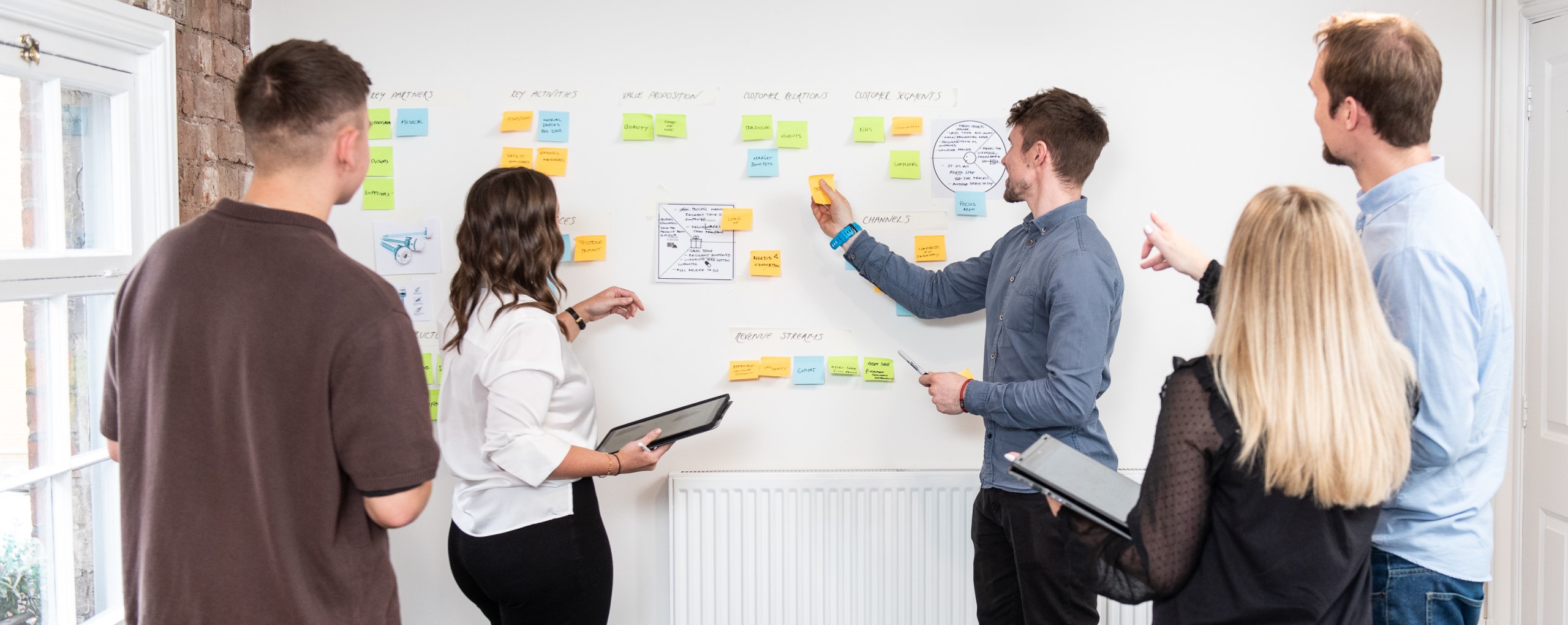What is Kickstarter?
Kickstarter is the world’s largest funding platform for creative projects. So far it’s attracted nearly 15.5 million backers and funded over 150,000 projects. At any one time it’s likely to have a whopping 4,000 live projects.
How does it work?
The aim of Kickstarter is for backers to support projects to help bring them to life. Kickstarter can’t be used to offer financial returns or equity, or to solicit loans. Therefore backers should not expect to profit financially. Some projects funded on Kickstarter may go on to make money however this isn’t the main aim of funding.
Who owns my work?
Rest assured, project creators retain 100% ownership of their work. You’ll still need to protect the Intellectual Property (IP) of your idea though so email or ring us to discuss IP options.
What happens to the money if the Kickstarter project fails?
Money is only charged to a funder’s credit card if the project is 100% funded. So if a Kickstarter project fails then no money is collected from the backers.
How to get started on Kickstarter
Here’s our top tips:
1. Do your homework
Look at what has worked previously. ‘Staff picks’ or ‘Popular’ will provide good examples. Not every project will work on Kickstarter so have a look at ‘Ending soon’ for examples.
2. Set a realistic target
Kickstarter only offers one form of funding which is the ‘all-or-nothing’ model. If you don’t meet your financial goal you won’t receive any money so make sure your target is realistic. Better to ask a reasonable amount and then surpass it! Create momentum by asking friends and family to support the project with pledges.
3. Come up with creative rewards
People want something in exchange for their pledges so create rewards and gifts to backers based on the amount they pledge.
If your product is low value you could gift one. Or perhaps consider offering a bespoke printed T-shirt or attendance at the launch party. Make sure you carefully calculate your costs so you don’t cancel out your funding.
4. Create a persuasive pitch
Your pitch can make all the difference to how well prospective funders engage with your idea. Tell the story of your idea through great photos or create a video. Be enthusiastic! People take confidence from your own passion and dedication to your product.
5. Run a marketing campaign
Social media is a great way to promote your product and, through likes and shares, to amplify your brand voice. A well-produced engaging, fun and authentic short video telling your product story, creates an easily shareable social media asset.
Ensure you regularly post updates and milestones on your Kickstarter project page. Sustain your marketing campaign with fresh ideas and new content. Look at other successful projects to glean ideas.
6. Listen to advice
Find a business mentor and listen to your backers. Remember they’re interested in your idea and so represent your potential sales audience.
7. Engage your backers in your project
Involving your audience in the project development (e.g. in prototype testing) creates a sense of ownership which will keep them coming back with more funding. They’ll also act as brand champions and advocates ensuring the product message is amplified to friends and contacts – who by association are likely to have similar interests and may become purchasers when the product is launched.
8. Remember it’s a marathon not a sprint
You may get a flurry of activity and then nothing. Stay focussed, maintain your updates, sustain your marketing campaign and keep the faith. Encourage your backers to spread the word as they have a vested interest to ensure your project succeeds.
What is Quickstarter?
Launched in June 2018, Quickstarter is a simple funding tool that places speed and simplicity over detailed planning. Quickstarter describes itself as ‘an invitation to create small projects’ and can be used as a first foray into making a sketch for a larger idea, or a creative experiment that you want to share. Essentially Quickstarter is for projects you do for fun but could provide funding to support prototype development for a larger project and be a test of interest in your idea.
How does Quickstarter work?
There are nine rules which include:
#1 – plan it in three months or less
#2 – keep the campaign under 20 days
#3 – have a funding goal under $1k
#4 – offer rewards under $50
#5 – your video should be shot over one day only
#6 – no PR or media outreach
#7 – no paid for social media (such as facebook advertising)
#8 – no stretch goals ie an additional goal you set up for your campaign in case you exceed your initial funding goal
#9 – include Quickstarter in your campaign name.
How to get started on Quickstarter
The same process applies as for Kickstarter (see above) but over a shorter time frame. You’ll need to create a persuasive argument for why people should invest and, for optimum chances of success, ensure you add great photos or sketches of your proposed product, and a video to tell your product story.
Does it need to be perfect for me to launch my idea?
No. It’s much better to launch and test the market than take ages and for your project to stultify. It’s free to launch a project on Quickstarter so you have nothing to lose.
What is Indiegogo?
Indiegogo provides a platform for crowdfunders to invest in the latest tech and design ideas. It also provides a marketplace of clever and creative ideas, sourced mainly from successful crowdfunding campaigns.
What is the difference between Indiegogo and Kickstarter?
Primarily that Kickstarter only allows for payment to be delivered if the goal of your campaign is achieved (‘Fixed Funding’) whereas Indiegogo provides for both the Fixed Funding model and a model which allows you to keep all of the funds raised, even if you don’t hit your goal. Indiegogo refers to this ‘keep it all’ model as Flexible Funding.
Indiegogo doesn’t curate any of the projects that it hosts which means it doesn’t decide which projects merit funding. It allows for more categories than Kickstarter, which includes causes, and whether a project is funded is up to potential supporters.
What is the rate of crowdfunding success on Indiegogo?
It’s estimated that approximately 28% of Indiegogo campaigns reach their funding goal of both keep-it-all (Flexible) and all-or-nothing (Fixed) campaigns. The number rises if the analysis is confined to all-or-nothing campaigns, aligning Indiegogo with Kickstarter success rates, because investors have more confidence in this type of scheme.
Are there fees payable on Indiegogo?
Two kinds of fees are payable as well as a credit card or PayPal processing fee. For either funding model Indiegogo charges 5% of the total sum raised along with payment processing in the range of 3 – 5% depending on your location. If you fail to reach your goal, you won’t get charged because you don’t receive anything at all.
How to get started on Indiegogo
1. Create some promotional assets
Essential promotional tools should include a compelling video and a thumbnail image. The image is the front piece of your campaign and will be seen prior to clicking through to the campaign detail.
2. Draft a short description
Your description has a maximum limit of 160 characters so make them count. You also have the option to customise your URL link which will help with SEO.
3. Set a funding goal and a deadline
Decide which funding model to use and ensure your funding goal is realistic. Whilst the keep-it-all model may seem tempting, it might not provide you with enough to launch your product. Also investors are more likely to invest with the all-or-nothing model so this increases your chances of achieving your goal.
4. Create a product summary
This will help investors to understand your idea, the problem it intends to solve and your ambitions for the idea.
5. Create your perks
These are the equivalent of Kickstarter’s rewards. They can be anything but try and make them meaningful to the investor.
6. Build a marketing campaign
You can link your social media sites and your personal website to your Indiegogo fundraising platform which all supports your SEO.
Alternatives to these crowdfunding platforms
With sufficient motivation, drive and commitment to its promotion, you can create your own crowdfunding platform. Video game producer Chris Roberts did just that and raised $52 million for his ‘Star Citizen’ game series. Using WordPress and a crowdfunding plug-in, he ran his own campaign whilst using Kickstarter as a back-up.
This helped him avoid the fees that crowdfunding websites traditionally charge. He also found that by creating his own site, it built a close sense of community with all the excitement and engagement that belonging to a community group brings.
In total, 534,000 backers put their money behind ‘Star Citizen’ at an average of $100 each. This was due to the nature of the game which was a PC space simulator aimed at creating a universe you can ‘live’ inside. People viewed the project as a long-term investment and, as such, were willing to invest more and for longer.
To discuss how Simple Design Works can help you develop your idea, we’d be delighted to chat. Contact us through our online form or call 01432 367 617 for a no obligation discussion.





